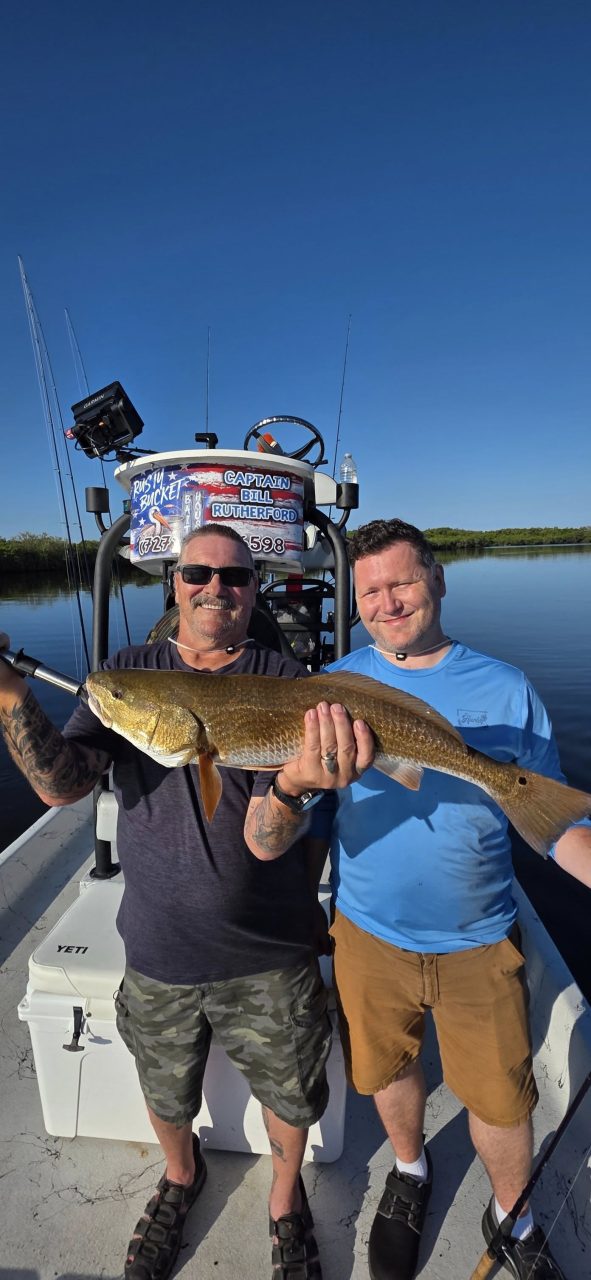Be flexible, catch fish.
As the fall fishing grows nearer and the water temperatures drop lower and lower, the bite in my region tends to take a dramatic turn. And, then it doesn’t. And, then it does. This is the time of year for cold fronts that can change things up in a matter of 24 hours. Water temps can fluctuate by up to 15 degrees within a week and 10 within a day or two during November, and the fish respond accordingly.
The inshore snook and cobia bite is fantastic when the water hangs out in the low 80’s, and the redfish will still be scouring the flats and eating cut bait. If we get a front and the water temp drops into the low 70’s or even high 60’s, expect those bites to turn off. Fear not though, lower water temps call for big trout to move closer to shore and into the backcountry, allowing most any angler a chance at catching a monster Gulf Coast yellow mouth, even from land. Additionally, sheepshead, black drum, and redfish will stack up in deeper holes and residential canals and love to eat shrimp or fiddler crabs that are readily available at most bait and tackle stores. For those of you with larger boats who can’t get skinny enough for the backcountry, fishing around 20 feet of water will land you some of the largest sheepshead our area has to offer. You can go to public reefs that will be holding plenty of fish and work around from there.
It is crucial this time of year to make sure you have an idea of the water temps before your trips, or be flexible once you launch and fish accordingly. The more you know before you go, the better off you will be!
Captain Bill is a Florida native who grew up fishing the Gulf Coast. Being a proud Army Vet himself, he founded a charity called VetCatch that takes disabled veterans on cost free fishing trips in the Tampa Bay area. He guides out of New Port Richey fishing a 24-foot Shoalwater tower boat as well as the custom 25-foot VetCatch pontoon if needed for elderly/disabled fisherman. www.rustybucket.fish.

